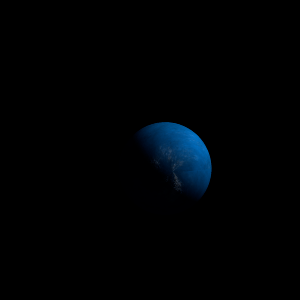|
|
Space Astro
|
Info for exoplanet "Nomiaporie"
| Scientific (actual) data |
|---|
| Name | Kepler-1121 b |
| Planet status | Confirmed |
| Radius | 0.17 |
| Orbital period | 13.1514 |
| Discovered | 2016 |
| Updated | 2021-02-05 |
| Tconj | 2454980 |
| Publication | Announced on a website |
| Detection type | Primary Transit |
| Alternate names | 2MASS J19510878+4753100 b, K02149.01, KIC 10617017 b, KOI-2149 b, KOI-2149.01, WISE J195108.77+475310.1 b |
| Star name | Kepler-1121 |
| Right ascension | 297.79° |
| Declination | 47.89° |
| Mag j | 11.076 |
| Mag h | 10.865 |
| Mag k | 10.795 |
| Star distance | 529 |
| Star metallicity | 0.12 |
| Star mass | 1.29 |
| Star radius | 1.59 |
| Star age | 3.02 |
| Star temperature | 6231 |
| Star alternate names | 2MASS J19510878+4753100, KIC 10617017, KOI-2149, WISE J195108.77+475310.1 |
| Wikipedia article | Kepler-1121 b |
Back
| |
| Fictional info (?) |
|---|
| Suggested name | Nomiaporie |
| Planet type | Cold planet |
| It has the longest rotation period (445 days) of any planet in its solar system and rotates in the opposite direction to most other planets.
. The argon has probably photodissociated, and the free molecular hydrogen has been swept into interplanetary space by the solar wind because of the lack of a planetary magnetic field.
The outer atmosphere is visibly segregated into several bands at different latitudes, resulting in turbulence and storms along their interacting boundaries. |
| Atmosphere | Molecular hydrogen | 54% |
| Oxygen | 38% |
| Argon | 5% |
| Formaldehyde | 2.3% |
| Atmospheric pressure | 40 bar |
 |
| No known satellites |
| Google search for Nomiaporie |
|
Website by Joachim Michaelis
|
|
|
|